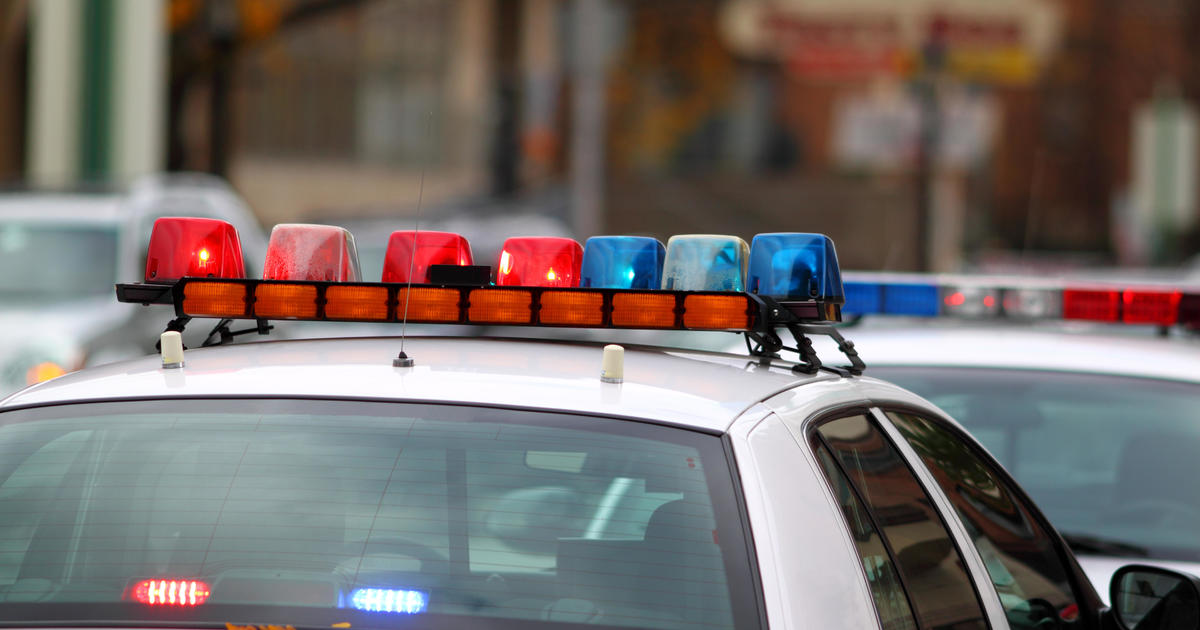
Will 988 call the police? Data suggests 1% of mental health crisis calls get “involuntary” rescues

Many people in mental health crisis fear that if they dial 988, law enforcement might show up or they might be forced to go to the hospital.
But getting sent that kind of “involuntary emergency rescue” happens to around 1% of callers, suggests new data from Vibrant Emotional Health, the administrator of the 988 Lifeline for suicide and mental health crises.
“Involuntary intervention is the last resort. We want to make sure we’re collaborating and engaging with people in crisis and empowering them, so we don’t need to go in that direction,” said Christopher Drapeau, Vibrant’s director of research and evaluation.
last year cited by Vibrant’s white paper found that around 1 in 5 adults worry that law enforcement would be sent after them for using 988 or that they might be forced to go to the hospital.
According to 988’s policies, counselors are urged to use “the least invasive intervention” possible to respond to suicide attempts. But if other attempts to deescalate fail, then counselors can summon other emergency response services like an involuntary rescue.
Counselors for 988 do not have the ability to track the exact location of callers. But the Substance Abuse and Mental Health Services Administration or SAMHSA, which oversees Vibrant and the hotline, says in “rare situations” that counselors are able to ask a 911 dispatcher to use “geolocation services” to try and find where a call is coming from.
It is not clear from the data what percentage of the “involuntary” rescues relied on police responding to calls, as opposed to paramedics or another kind of emergency response.
“We haven’t been this transparent in the past. So we want to acknowledge that, and show people that this is what we have,” Drapeau told CBS News of the white paper he authored.
Drapeau said the white paper is his team’s first evaluating the performance of 988 and is the most comprehensive look at the topic to date. The idea for the report came from talks with SAMHSA officials.
Law enforcement have often been the go-to for 911 dispatchers responding to suicide attempts. Advocacy groups have called for more jurisdictions to fund “mobile crisis teams” that can respond to suicide attempts with medics and behavioral health professionals, instead of police.
“If somebody attempted suicide during the call and had a medical injury as a result, you need to respond to that. So I don’t know if we could completely abolish all involuntary interventions,” Drapeau said.
“These numbers may not be perfect”
Vibrant’s white paper focuses on two snapshots of data that come largely from when the line was a 1-800 number, before the nationwide launch of the easier-to-remember 988 shortcut to reach a counselor during a mental health crisis.
The largest snapshot in the paper still only spans around 2 million calls made from 2019 through 2023, tallied from a fraction of the now more than 200 locally run crisis centers that underpin the network.
For context, more than 400,000 calls were routed by the 988 network in July alone.
“We acknowledge the limitations of these data. These numbers may not be perfect. They may differ if we had every single center reporting data, if we had a more precise definition, maybe it changes. But it appears today that the vast majority of 988 calls do not involve emergency services intervention,” said Drapeau.
Of those nearly 2 million calls, the white paper tallies around 2% resulting in emergency services – both “voluntary” and “involuntary” – being sent in response to calls.
Callers categorized by counselors as being at “imminent risk” of suicide, a much narrower group, had emergency services sent to them at a higher rate.
Among those, a quarter got “voluntary dispatches” — with the consent of the callers — while another quarter got “involuntary” rescues.
Better data is in the works. While current figures rely on a mix of requirements and voluntary reporting, a Vibrant spokesperson said it is working with SAMHSA to develop a national standard for what metrics all centers will be required to report in the future.
A plan drawn up by SAMHSA in April calls for states to submit data to the agency on the number of contacts that result in law enforcement being sent.
Another evaluation planned by Vibrant will try to refine the definition of when to deem a caller at “imminent risk” and how to handle those cases. Completing that evaluation will likely take a couple of years, Drapeau said, and will help them figure out how to move from involuntary to more collaborative interventions.
Alexander Tin
Source: cbsnews.com